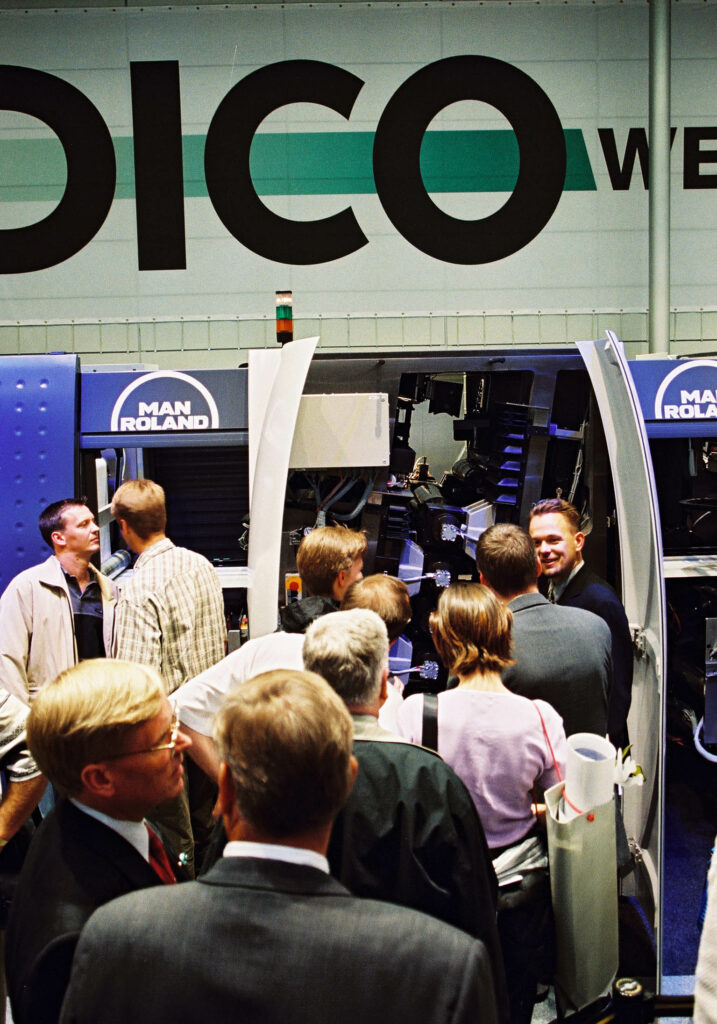Die Liebe zur Musik
Die Liebe zur Musik ist eine schöne Sache. Kann man Musik auch zu sehr lieben? Mexiko hat gezeigt, dass selbst das möglich ist.
Zum Beispiel in Veracruz, Hauptstadt der gleichnamigen Provinz und die erste von den Spaniern gegründete Stadt. Wir sitzen gemütlich am frühen Abend im Gran Café del Portal und lauschen der Marimbagruppe, die jeden Abend dort spielt. Gesellt sich ein Gitarrenspieler zu uns, der uns zusätzlich eine Kostprobe seines Könnens präsentiert, in der Hoffnung vielleicht von uns engagiert zu werden. Kurz darauf erscheint ein zweiter Gitarrenspieler, der uns ebenfalls etwas vorspielt, leider noch ein anderes Lied. Scheint aber sonst keinen hier zu stören.
Wir gehen ein paar Schritte weiter zum Hauptplatz. Vor dem Rathaus findet ein kulturelles Event statt und wir setzen uns auf eine der Bänke. Eine kleine Kapelle spielt und ein Tanzpaar zeigt traditionelle Tänze dazu. Kurz darauf startet allerdings die Salsaband an der rechten Seite des Platzes – stimmungsvoll und recht laut. So laut, dass die Tänzer ihre eigene Kapelle nicht mehr hören können und schließlich ratlos aufgeben. Die Salsaband ist gut, allerdings ist das Lokal, vor dem sie spielen, fast leer, denn dort ist die Lautstärke viel zu hoch. Wir setzen uns zwei Gartenlokale weiter und haben immer noch einen prima Sound. Die vereinzelten Straßenmusiker, die trotzdem versuchen den Gästen ein privates Ständchen anzubieten, haben kaum eine Chance. Macht die Salsaband dann aber Pause, wird diese umso vehementer genutzt. Mariachibands, Solomusiker, Sänger und Kleinkünstler schwärmen aus und fallen über die Bar- und Restaurantgäste her, wie ein Schwarm hungriger Mücken auf nichteingesprühte Fußknöchel. Zumindest bis die Salsaband wieder loslegt …
Wir hatten ein gutes Hotel in Veracruz, das traditionsreichste Gran Hotel Diligencias, direkt am Hauptplatz gelegen. Im Zimmer hatte man immer noch das Gefühl, die Bands würden direkt neben dem Bett weiterspielen. Spät in der Nacht verstummt die Salsaband, was den Mariachimusikern nochmals eine Gelegenheit gibt. Dann ist irgendwann Ruhe, zumindest bis frühmorgens die Bänke und der Platz von der Stadtreinigung gekärchert werden.

Der digitalprintexpert ist auf Reisen und schreibt in lockerer Folge über Erlebnisse, Gesehenes und Gehörtes. Ein komplettes Verzeichnis aller bisher veröffentlichten Berichte findet sich hier.




